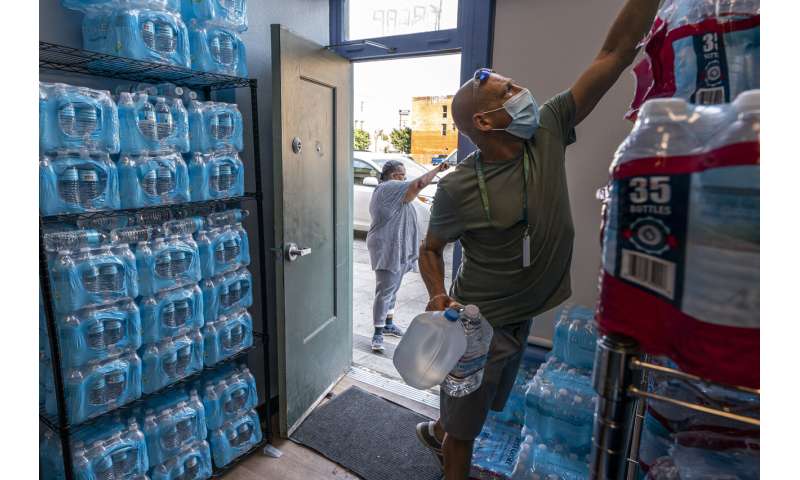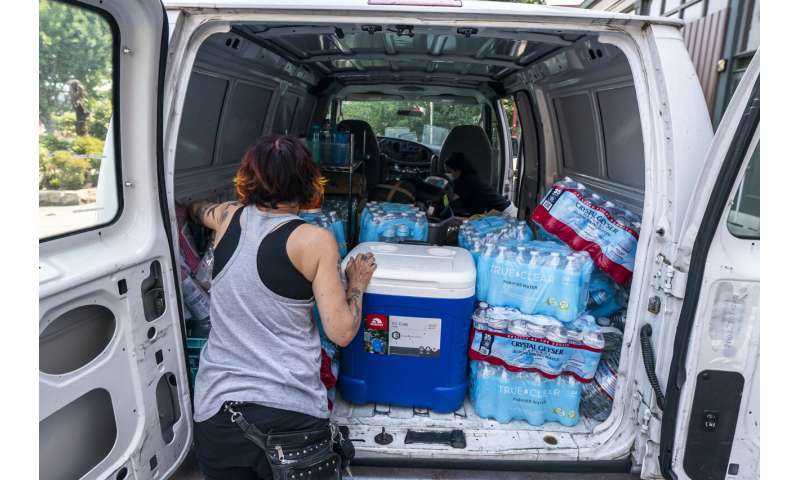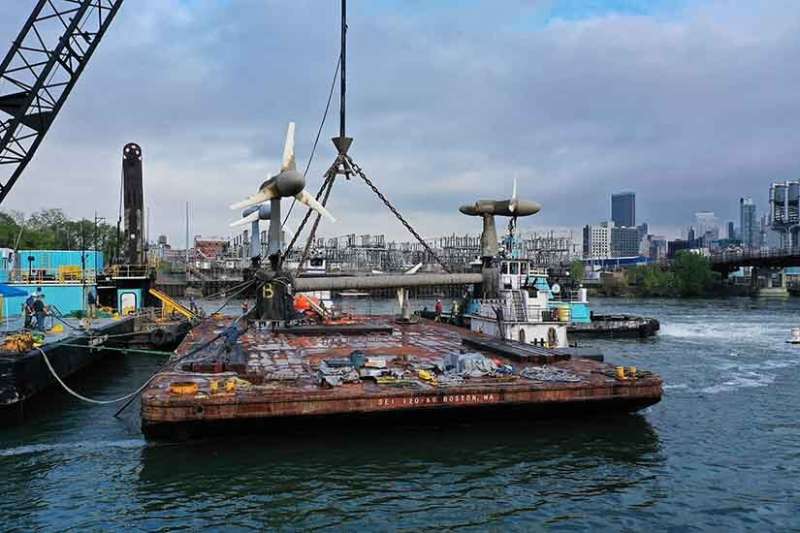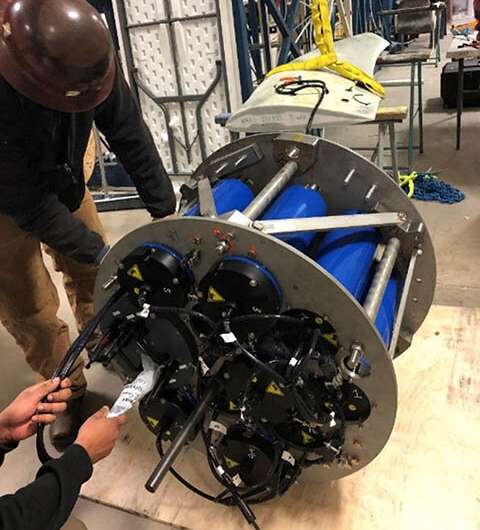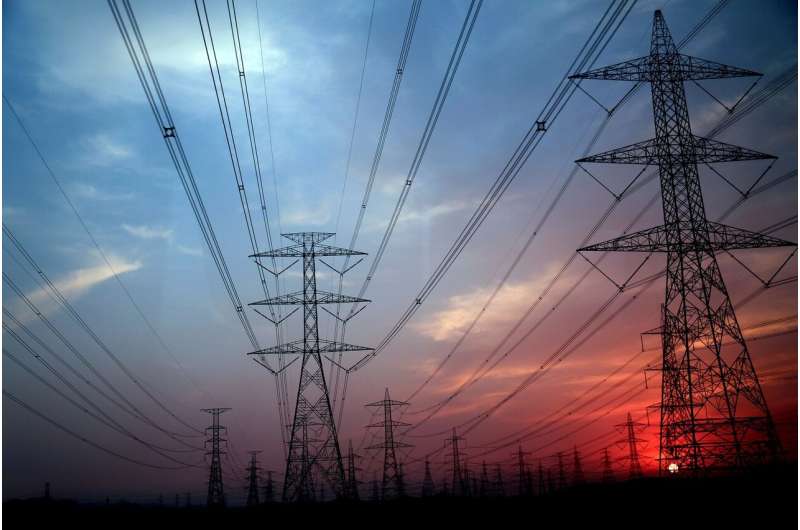New evidence about Roman Britain executions revealed

King's research has helped uncover new evidence showing the portrayal of the execution of captives in the arena by throwing them to lions. The evidence follows the discovery of an elaborately-decorated Roman bronze key handle.
The handle, discovered by archaeologists in Leicester, portrays a "Barbarian" grappling with a lion, together with four naked youths cowering in terror.
The key handle was discovered by University of Leicester Archaeological Services (ULAS), buried below the floor of a late Roman town house excavated in the city in 2016. After conservation, this unique object was studied at King's and the findings are now published in the journal Britannia.
Dr. John Pearce, Senior Lecturer in Archaeology, (Classics), is a co-author of the study, and helped decipher the key handle.
Dr. Gavin Speed, who led the excavations at a site off Great Central Street in Leicester, is a co-author on the study and described the moment the find was made. He said, "When first found, it appeared as an indistinguishable bronze object, but after we carefully cleaned off the soil remarkably we revealed several small faces looking back at us, it was absolutely astounding. Nothing quite like this has been discovered anywhere in the Roman Empire before."
Roman law sanctioned the execution of criminals and prisoners of war in the arena through the public spectacle of throwing them to the beasts; defined by the Latin term damnatio ad bestias.
This form of execution was often used to symbolize the destruction of Rome's enemies; members of those tribes who lived outside the Roman Empire and were collectively known as "Barbarians."
The main figure portrayed on the handle displays many of the features associated with such "Barbarians"' including mane-like hair, a bushy beard, bulging eyes, and the wearing of trousers below a naked torso. The lion is wrapped around his body and bites the side of his head. Beneath the struggle, four naked youths stare outwards; the older two appearing to protect their younger compatriots, one of whom may hold a stone. The youths are thought to symbolize the "children of the tribe" and their imminent demise demonstrates what happens when Roman conquest is opposed.
Direct evidence for violent spectacles in Roman Britain is otherwise extraordinarily scarce, a rare exception being the puncture wound inflicted by a large carnivore on the pelvis of a male skeleton from Roman York.
Archaeologists believe the key was probably made a century or more after Britain itself had been conquered, and it is interesting to reflect on the idea that those whose recent ancestors were themselves considered Barbarians, now shared in the Roman contempt and fear of those who remained outside the Empire.

Many Roman towns in Britain possessed either an amphitheater or a theater, where such spectacles could have been witnessed by large crowds. The town house where the key handle was found stands next door to the newly-discovered Roman theater in Leicester, and it is tempting to think that life did indeed imitate art and that the holders of the key had witnessed such scenes at close quarters.
Lions are portrayed on other key handles from Roman Britain and probably symbolized security and the protection of the household. This sense of security extended beyond the life of the key as a functional object, as the detached handle clearly continued to be valued. It was placed upright in the makeup of a new floor laid long after the heyday of the opulent house it had once secured, in the hope that it would still offer protection.
ULAS post-excavation manager and co-author, Nick Cooper, added that the key handle was one of the most significant finds from Roman Leicester and would be displayed to the public at Jewry Wall Museum in Leicester, following completion of major refurbishment work expected to be completed by 2023.Dutch unearth Roman canal, road near UNESCO heritage sites
More information: Pearce, J., Speed, G., & Cooper, N. (2021). At Death's Door: A Scene of Damnatio ad Bestias on a Key Handle from Leicester. Britannia, 1-16. DOI: 10.1017/S0068113X21000118
Provided by King's College London







